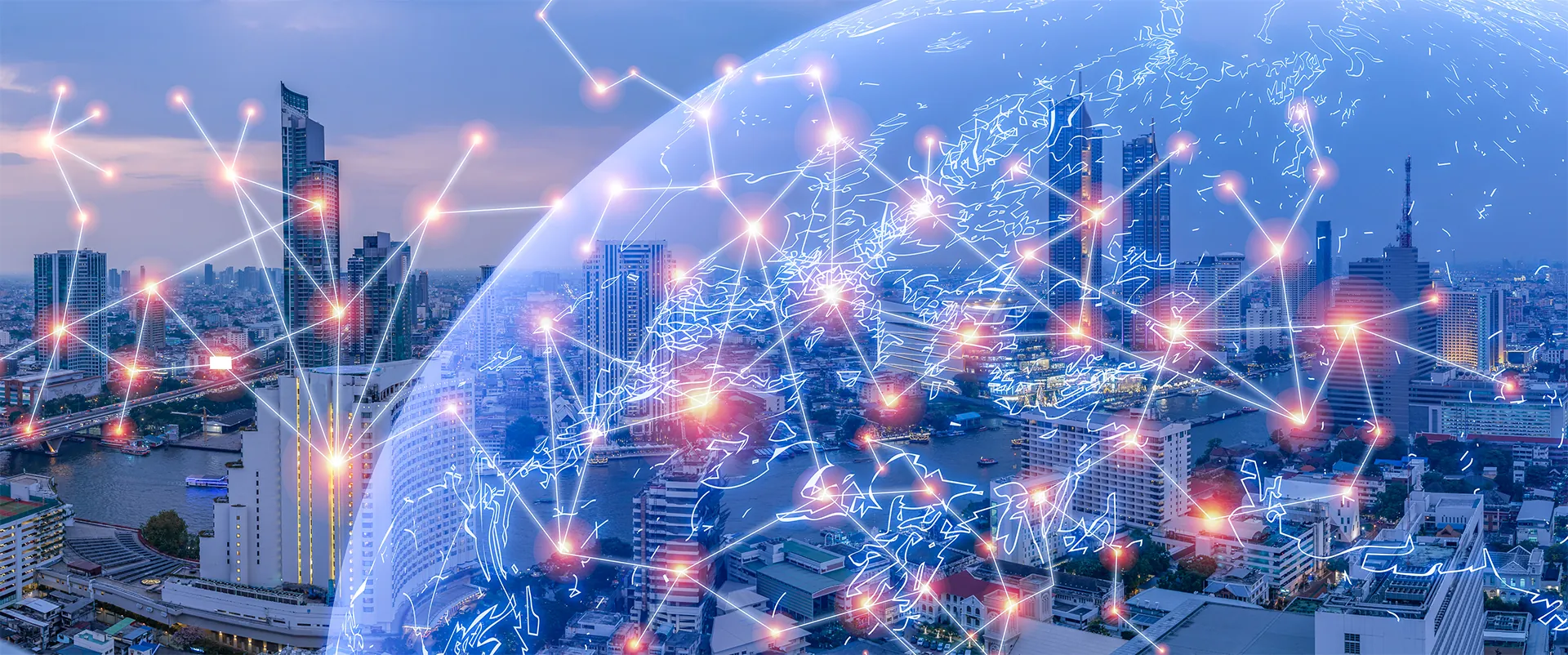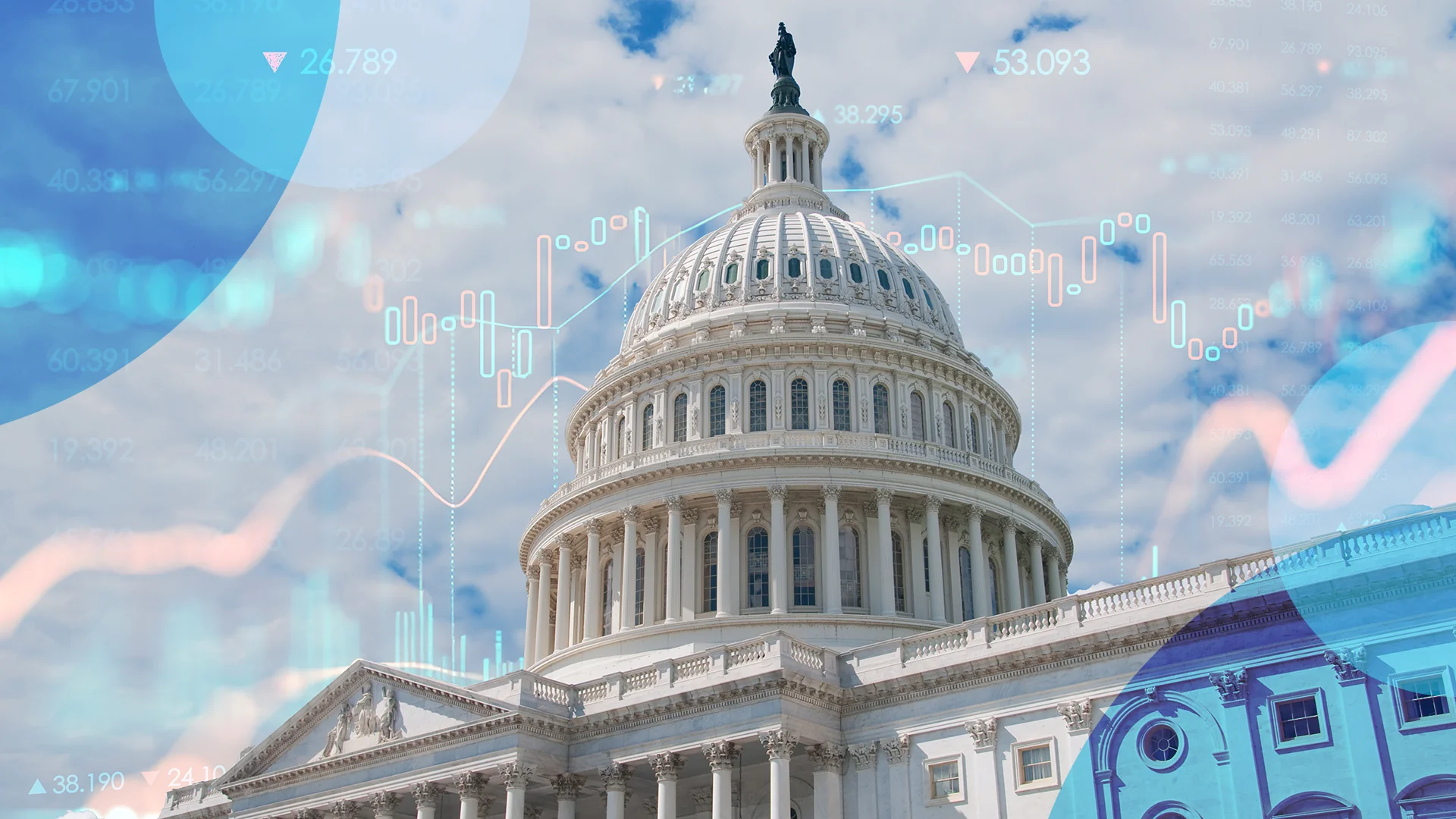Approaching Modernization as an Opportunity for Value Delivery
Federal agencies have long grappled with the challenges of modernization. Starting in the early 2000s, federal leaders were tasked with improving IT processes, infrastructure, and services to meet evolving missions and enhance their cyber posture against emerging threats. Initially, the focus was large-scale, point-in-time technology upgrades, utilizing once-popular server-centric technologies like Oracle Forms and Adobe ColdFusion.

Today, the focus is on constant, continuous modernization.
The federal government is keenly aware of the imperative for modernization, as highlighted by a series of executive orders issued since 2021.
In December 2021, President Biden signed the Executive Order on Transforming Federal Customer Experience and Service Delivery to Rebuild Trust in Government, which focused on how technology can improve services.
“We must use technology to modernize Government and implement services that are simple to use, accessible, equitable, protective, transparent, and responsive for all people of the United States,” according to the EO.
The Office of Management and Budget (OMB) confirmed the importance of this EO by prioritizing customer experience in its guidance. As of August 2022, the OMB circular A-11 includes updated language on customer experience and service delivery.

In September 2023, the OMB issued Memo M-23-22: Delivering a Digital-First Public Experience, which provides guidance to federal agencies on designing and delivering websites and digital services to the public. It aims to assist agencies in implementing the 21st Century Integrated Digital Experience Act (21st Century IDEA), emphasizing human-centered design and agile delivery practices.
This was followed in October 2023 by the Executive Order on the Safe, Secure, and Trustworthy Development and Use of Artificial Intelligence, thereby continuing the focus on leveraging new and emerging technology to improve government services. It set guiding principles and priorities for safety and security, transparency, and labeling AI-generated content.
These technology-focused executive orders, circulars, fact sheets, and memos demonstrate the government’s knowledge that challenges are straining federal agencies: persistent healthcare disparities, increasingly complex cyber threats, and a more engaged and digitally connected citizenry demanding better mobile experiences. The need to adapt to this evolving landscape is now continuous. Legacy systems and paper-based processes cannot keep pace with these challenges.
In short, what worked for government agencies in the past will not work in the future. The public sector landscape is rapidly evolving. To truly thrive, they need to reimagine what’s possible. Modernization offers a transformative path, empowering employees with the tools and processes they need to be more productive. This translates directly to a more citizen-centric experience, with streamlined services and a renewed focus on meeting public needs. By embracing innovative approaches, government agencies can unlock their full value and deliver exceptional service to the people they serve.
Infrastructure Modernization

During the COVID-19 pandemic, federal agencies faced an intense need to quickly scale operations as the need for online services skyrocketed. They found that agencies were severely hampered in meeting these needs without a cloud infrastructure. With the speed of technological innovation growing, the lack of cloud today means it becomes slower and more arduous for agencies to innovate and deploy emerging capabilities like AI.
Cloud-Hosted Services Can Help Agencies Modernize
When it comes to modernization, federal agencies face one significant challenge: legacy systems. But there is a solution. Cloud computing can help agencies modernize, expand digital services, and innovate to serve citizens better and advance their missions. Cloud computing offers infrastructure, platform, and software services—along with data analytics, security, and artificial intelligence—which can enhance business outcomes.

Many agencies struggle to implement best practices for moving workloads and services to the cloud, as evidenced by the overall scores plummeting on the 17th Federal IT Acquisition Reform Act (FITARA) scorecard released in January 2024. This isn’t to say agencies haven’t made significant strides; they have. Carol Harris, the director of cybersecurity and technology at the Government Accountability Office, states that the government has achieved nearly $30 billion in savings from moving to the cloud. In fact, REI helped author a Cloud Operations and Best Practices Guide for the GSA designed to provide guidance on this topic to technology teams across the government.
Throughout our Mindful Modernization™ journey, one of the core tenets we’ve developed is a Mindful Cloud Migration Framework based on best practices, lessons learned, guidelines, tools, and technologies. It encompasses the strategies, processes, and standards necessary for successful cloud adoption, ensuring that cloud computing resources are utilized to meet our customers’ specific needs, objectives, and compliance requirements. Furthermore, we help customers optimize cloud costs through a multi-phased approach that evaluates current cloud spending patterns, identifies cloud cost avoidance opportunities, and provides optimization recommendations.
 Application Modernization
Application Modernization
Modern applications that quickly adapt to changing business requirements are essential for achieving better mission outcomes. Government agencies can benefit from increased productivity, scalability, agility, security, user experience, and more effective data use by adopting application modernization. REI helps agencies transition to modern applications that better meet mission demands.
Our Mindful Modernization method connects agencies’ goals to measurable results through people, processes, and technology. We use human-centered design, Agile, DevSecOps, and CI/CD pipelines to establish “build on-cadence” and “delivery on-demand” methods to produce solutions quickly. We tap REI’s Advisory Services expertise in Business Process Reengineering/Optimization and Lean Six Sigma capabilities. We also incorporate security engineering, portable architectures, and automation into the software development process. To strengthen our client capabilities, we leverage the power of the cloud, government data analytics, and emerging technologies like AI.
Key elements of application modernization include:
 1. DevSecOps
1. DevSecOps
Federal agencies face numerous challenges in providing secure and efficient services to citizens amid remote work, heightened global tensions, constant digital threats, and rapidly evolving technology. DevSecOps offers a robust solution to these hurdles by enabling tech teams to work more efficiently and securely. This approach enhances value delivery, automates processes, and accelerates service provision to citizens while promoting continuous improvement and mitigating the inefficiencies of legacy systems.
REI Systems leverages its extensive domain knowledge and deep technology expertise with a modern DevSecOps approach to deliver impactful digital solutions. Our technologists and solutions architects fully grasp cloud-native tools, technologies, and methods, ensuring resilient, agile, and scalable security integrations.
 2. Agile Delivery
2. Agile Delivery
The increasing volatility, uncertainty, and rapid changes in today’s environment have driven government agencies to a critical juncture where the only sustainable and cost-effective way to build, operate, and maintain digital services is by adopting Agile values, principles, and practices. The traditional “waterfall” lifecycle, relied upon by federal agencies for decades, has repeatedly proven unacceptably risky, laden with hidden costs, and a primary cause of monolithic IT systems with siloed services and inflexible infrastructure.
We assist government agencies in achieving their mission objectives by transforming them into Agile enterprises. This enhances citizen experience and service delivery and restores trust and confidence among citizens and the agencies. Our Mindful Modernization® approach places Agile at its core, offering a practical, mission-centric methodology that aligns stakeholder priorities and converts real-time insights into tangible, customer-focused outcomes. This approach fosters continuous improvement across software lifecycles.
 3. Low-Code Platforms
3. Low-Code Platforms
Gartner predicts by 2025, over 35% of government legacy applications will be replaced by solutions developed on low-code platforms maintained by fusion teams. By 2026, more than 60% of government organizations will prioritize investment in business process automation, up from 35% in 2022. By 2026, over 75% of government organizations will gauge digital transformation success by measuring the enduring mission impact.
REI Systems’ low-code approach, combined with our diverse technology platform expertise and agile best practices, has allowed us to develop and deploy numerous mission-critical solutions for our clients. These solutions help our clients meet the competing demands of speed, scalability, security, and ease of use at minimal cost and without the substantial maintenance burden of custom solutions.
 Data Modernization
Data Modernization
The federal government accumulates massive amounts of data today, and even more will be collected in the future. This information can provide a wealth of insight into how agencies operate, how they can become more efficient, and how they can better serve those needing services without compromising individual privacy.
The first key is making this data accessible, eliminating silos, and cataloging the available data for use. The advent of the Chief Data Officer in federal agencies has been an excellent step for agencies as we move away from the restrictions of legislative-driven access to data and work to make it more transparent to help the entire agency. We’re seeing this through the implementation of machine learning (ML) and data-driven models with AI and ML algorithms that can unlock the full potential provided by this incredible volume of data.
Cybersecurity
The sophistication of cyberattacks is increasing daily, necessitating agencies to stay ahead by taking proactive measures. A significant issue with the current cyber posture of many federal agencies is their reliance on sustainment mode, using traditional “butts in seats” contractors to ensure systems are operational. This “incremental improvement” model results in IT systems remaining unchanged for years, failing to meet modern user expectations or address evolving security concerns.
The shared responsibility model offers a solution for agencies and applications that have migrated to the cloud. Cloud service providers (CSPs) are responsible for security at their level, investing millions annually to maintain trust and security for agencies. Unlike traditional data centers managed by a few government employees, federal agencies now operate in the same production environments and use the same tools and software as global corporations. This transition provides access to the latest technology but also introduces new potential avenues for attacks.
Organizational Change Management
A critical aspect of modernization is the overall Organizational Change Management (OCM) practices that successful agencies employ from the start of their modernization initiatives. Think of OCM as the conductor in an orchestra, harmonizing the interplay between people, processes, and technology. By creating a cohesive governance structure, engaging stakeholders at all levels, and taking a holistic planning approach, OCM ensures optimized decision-making and a smooth transition to the new IT environment.
To put this into action, OCM involves collaborating with business stakeholders during planning to facilitate a modernization strategy that aligns with agency needs. OCM also helps prepare and select cutover strategies, informing rollout planning and mitigating identified risks.
Additionally, OCM supports visible executive sponsorship with consistent and clear messaging throughout the process. Finally, OCM drives user adoption by preparing users through targeted training and communication, ensuring they can successfully operate in the new environment.
The Risk of Not Modernizing
Transforming customer experience, leveraging the benefits of emerging technology like AI, and serving an increasingly digital-first community requires government agencies to modernize. If an agency doesn’t modernize mindfully and quickly, it opens itself up to a host of potential issues:
- Losing The Public’s Trust: Customers value companies that make their interactions smooth and easy and expect the same experience from federal agencies.
- Wasting Taxpayer Dollars: The American taxpayer wants to be sure spending is being done wisely and effectively, and their government interactions will inform their opinions.
- Outdated Technology: Agencies have encountered issues where vendors no longer support a specific product or become locked into expensive, outdated technology. An agency cannot rapidly take advantage of emerging technologies without the proper cloud-based infrastructure.
- Mandates Pressuring Agencies: As we’ve seen with the executive orders since 2021, all agencies will be mandated to modernize at some point.
The future requires a Mindful Modernization® approach to address the multi-dimensional factors affecting modernization for today’s agencies: infrastructure modernization, application modernization, data modernization, cybersecurity, and organizational change management.
A Mindful Modernization™ Approach
What’s needed today for modernization is not what’s been done before. There needs to be a new approach. What worked in 2012 will not work in 2024 and beyond. This new approach must be mindful of the current landscape and prepare for a future where modernization is not a “one and done” prospect. Modernization, to be successful, must occur on a consistent and ongoing basis.
Too often, modernization projects are boiled down to specifics around technology. However, it’s about far more than technology. It’s about marrying our people and processes with that technology to develop a well-rounded approach to modernization that evolves and improves daily. To achieve this, a focus on three key dimensions is crucial.
Read Full White Paper
Copyright © 2024 REI Systems. All rights reserved.


 Application Modernization
Application Modernization Data Modernization
Data Modernization 


